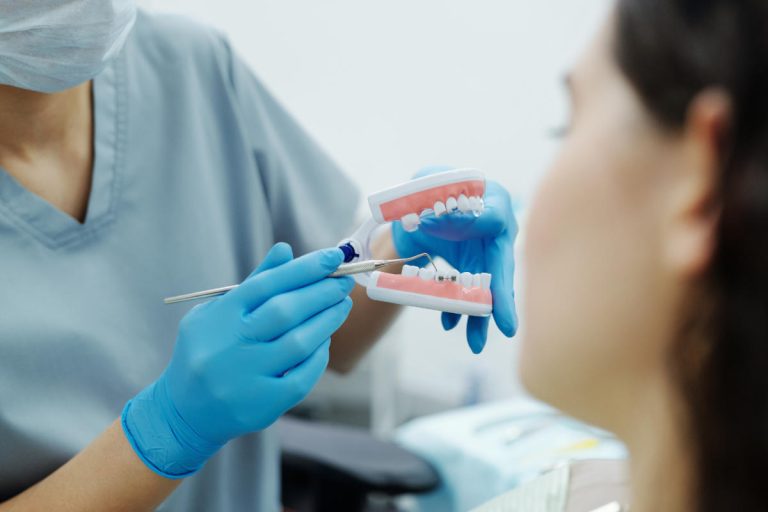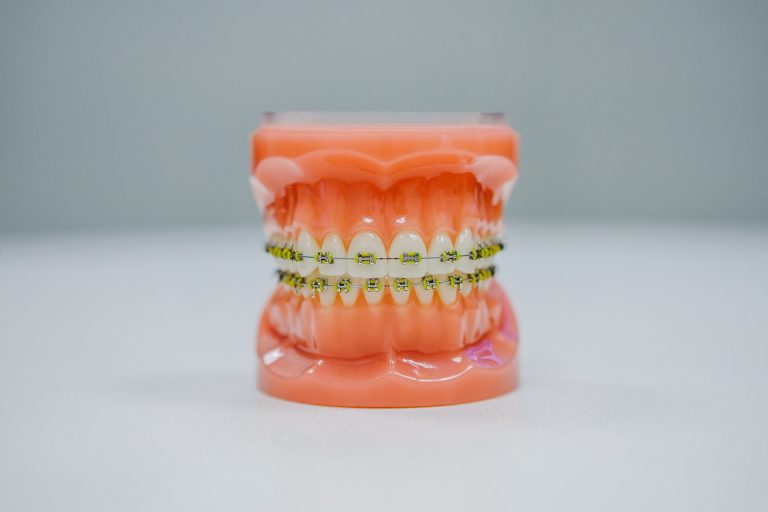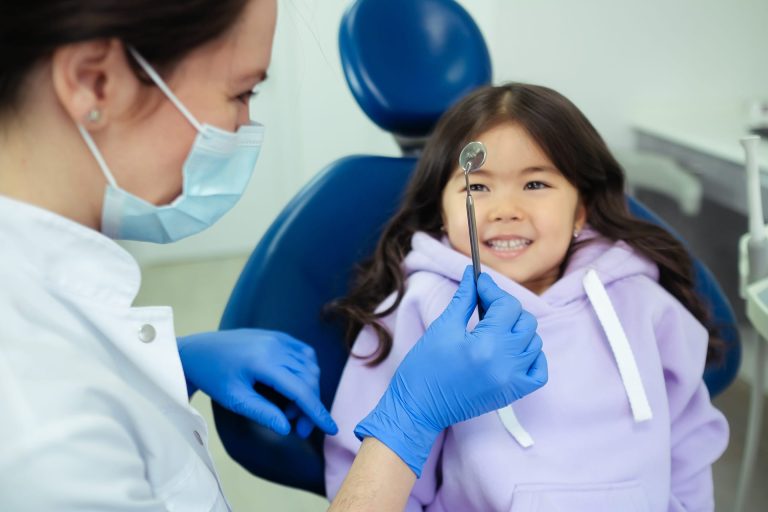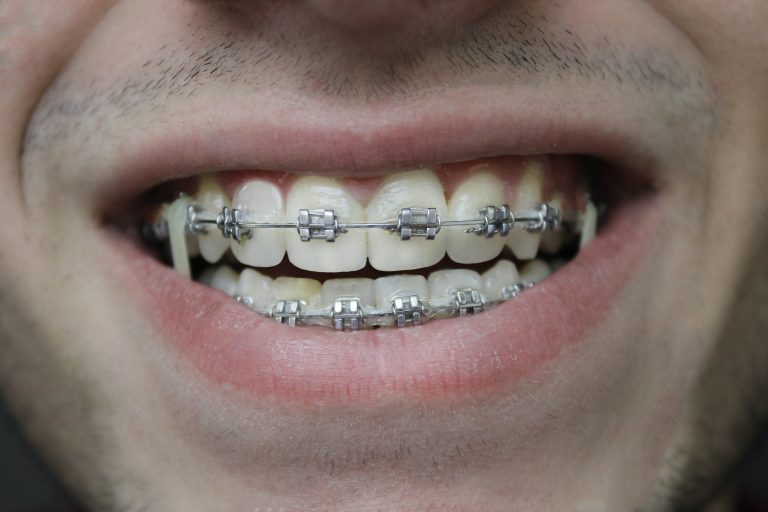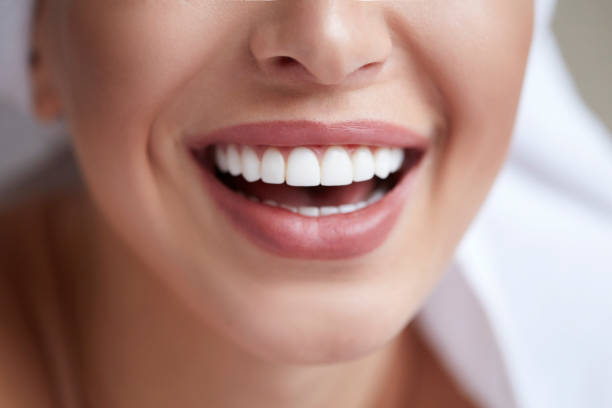Gums are essential for dental health. People often ask if they will fill in after braces. The answer is complicated. Gums don’t fill in, but they can look fuller because of the correct teeth alignment. This differs from person to person.
After braces are taken off, the gums fit better around the teeth, which gives the impression of filling in. Moreover, proper tooth alignment can lessen gum recession, making them appear better.
Genetics and oral hygiene practices affect the gums after braces. Some people observe minimal change, while others may see substantial improvements.
Sarah is an example of how braces can have a great impact. At 18, she felt embarrassed about her gum recession and crooked smile. She decided to get help. Two years later, her braces straightened her teeth and her gums changed. She had a perfect smile and full-looking gums.
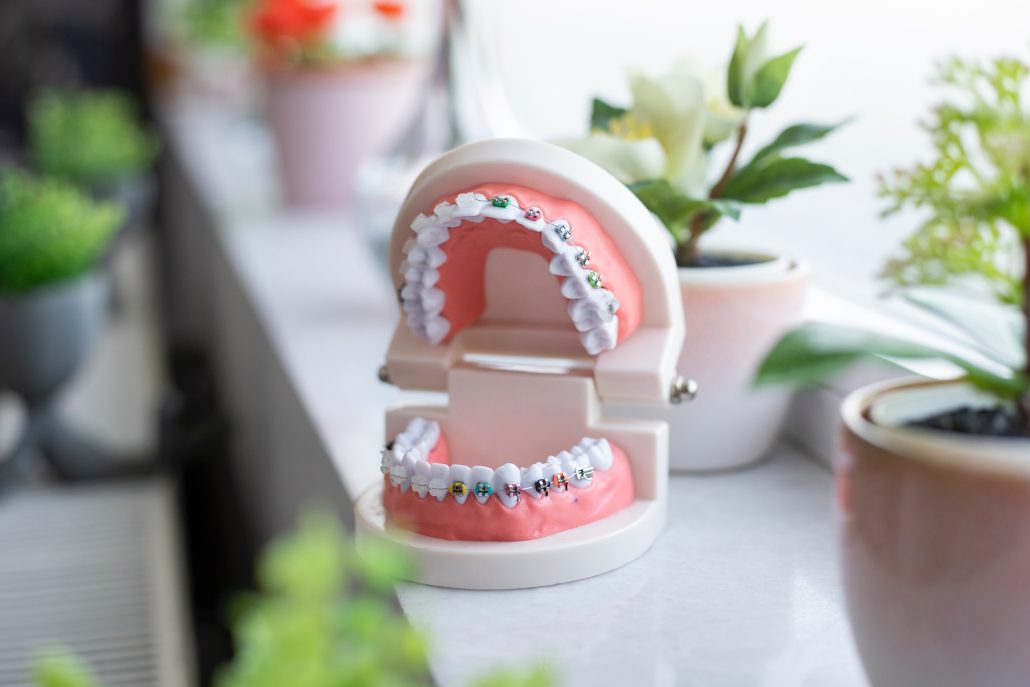
Understanding the process of braces
Braces, a common orthodontic treatment, can be a mystery. Let’s figure it out! Steps include:
- Initial consultation: Schedule an appointment with an orthodontist to evaluate teeth and bite. They will go over the need for braces and what the results will be.
- Treatment plan: Once deciding to get braces, your orthodontist will create a personalized plan. This may include X-rays, impressions, and pictures.
- Brackets and wires: Attach brackets to teeth and secure with adhesive. Thread wires through the brackets to move teeth into desired positions.
- Adjustments: Need regular appointments to adjust wires and monitor progress. This ensures desired changes are achieved safely.
- Retention period: After braces are removed, wear retainers as directed by your orthodontist.
It’s important to maintain good oral hygiene by brushing and flossing. And follow dietary restrictions to help preserve braces. Plus, take care of gums to reduce irritation from braces.
Fun fact: The American Association of Orthodontists states that 4 million people in the US have braces!
Effects of braces on the gums
Braces can cause various impacts on gums, which are a must for oral health. Folks getting orthodontic treatment must understand these effects. Such results involve:
- Gum swelling due to the force on teeth – a regular response as gums adjust to braces.
- Gums receding due to brackets and wires bothering and tugging on gum tissue – must be attended to promptly to hinder extra complications.
- Raised risk of gum disease – proper hygiene is essential when wearing braces, else it can lead to gum disease.
- Improved gum look – though it may cause swelling and recession at first, braces finally make the gums better.
- Long-term steadiness – by fixing teeth misalignment, braces ensure long-term steadiness for both teeth and gums.
Though these cover most effects, every person’s experience may vary depending on their orthodontic plan and oral health.
In earlier times, braces had no thought for the effect on gums. Nowadays, orthodontists prioritize gum health and braces are designed with features that reduce gum irritation and promote oral health.

Post-braces care for gums
Taking proper care of your gums after braces is key for optimal oral health. Here’s what to remember:
- Brush and floss regularly: Brush teeth at least twice daily and floss daily to remove plaque and food particles around the gumline.
- Use mouthwash: Adding an antiseptic mouthwash to your routine can help kill bacteria and help gums.
- Visit the dentist often: Regular check-ups monitor the condition of your gums and address any issues quickly.
- Eat balanced meals: Eating healthy gives your body vitamins and minerals, and helps your gums heal.
- Say “No” to tobacco: Smoking or using other tobacco products impacts the health of your gums and increases the risk of periodontal disease.
- Gum massages: Massaging your gums with a soft toothbrush in circles can help improve blood flow and aid healing.
These tips should be followed for the best results. Good post-braces care of gums equals lifelong healthy smiles.
Starting good oral hygiene habits before braces is also a great idea for better gum health. Sarah, a recent wearer of braces, followed her orthodontist’s instructions and had a strict oral routine. After her braces were off, she saw amazing results in her gum condition. Her commitment paid off—her gums became stronger and healthier than ever.
By following these steps and being proactive in caring for gums post-braces, you can have excellent oral health and enjoy the smile of your dreams.
Factors influencing gum fill-in
Gum fill-in can be affected by many factors, such as proper oral hygiene, the length and severity of the treatment, age, and genetics. Proper brushing, flossing, and mouthwash use help keep gums healthy during and after treatment. The length and severity of the braces also affect the results. Younger individuals usually have more elastic gums, but older people can still get satisfactory results. Additionally, genetics can play a role in how the gums respond to the treatment.
Fiona’s case is a success. She is 28 years old and had braces for two years. Despite worries about her gum health, she followed her orthodontist’s instructions. Now, her gums have filled in correctly, giving her a confident smile.
These factors should be taken into account when considering gum fill-in. Following proper oral hygiene practices increases the chances of a successful outcome. However, it is important to remember that each case is unique, so consulting with an orthodontist is essential for personalized guidance.
Techniques to promote gum growth
To get a healthy smile, it’s important to promote gum growth after braces. Here are five ways to do it:
- Brush and floss regularly. This boosts blood flow to the gums and encourages their growth.
- Use an essential oil-based mouthwash. Peppermint or tea tree oil can reduce inflammation and help the gums regrow.
- Eat a balanced diet with lots of vitamins and minerals. Fruits, veggies, and lean proteins supply the nutrients needed for gum health.
- Gently massage the gums. Circular motions with a soft-bristled toothbrush or clean finger can help increase circulation and grow new gum tissue.
- Go to the dentist regularly. They can monitor your gum health and suggest treatments or advice for regrowth.
Plus, avoid smoking and tobacco products. They can delay gum healing. It’s best to ask a dental professional for personalised advice.
For extra oral hygiene, use a water flosser as well as regular flossing. It removes food particles from hard-to-reach places.
Follow these tips and you’ll be well on your way to growing healthy gums post-braces. Good oral care habits will give you the best results.
Expected timeline for gum fill-in
Worried about your gums after braces? Here’s a step-by-step guide to understanding the expected timeline.
Initially, after removing braces, your gums can look swollen and inflamed. This is normal due to the pressure and movement during treatment.
Within a few weeks, the redness and irritation should begin to fade as your gums start to heal.
Over the next couple of months, your gums should become firmer and healthier looking.
At the six month mark, you should see a big improvement in your gum appearance.
Good oral hygiene is key for healthy gum growth. Brush and floss regularly to get the best possible results!
After about a year, your gums should reach their optimal state.
Your individual experience may depend on factors such as age, oral health habits and treatment received. Follow your dentist’s advice and attend regular check-ups.
Commit to your dental care routine and you’ll be flashing your confident smile in no time!
Conclusion
Are gums going to fill in after braces? Yes! Gum tissue can regenerate and adjust. As the teeth shift into their correct positions, the gums will start to reshape and fill in the gaps.
Braces put pressure on the teeth, which encourages gum tissue growth and healing. Over time, as the teeth move into place, the gums will automatically fill around them.
Remember, results vary. Factors such as age, oral hygiene and genes can affect how fast and full the gums will fill in. Keep your oral hygiene up during your braces journey to help the gums stay healthy.
Want a confident smile? See an orthodontist to learn more about braces and how they can improve your teeth and gum appearance. Act now and get ready to show off your beautiful smile!
Frequently Asked Questions
FAQs – Will gums fill in after braces?
Q1: Will my gums fill in after braces?
A1: Yes, your gums will fill in after braces. Braces help align your teeth and jaws, and as a result, your gums may reshape and fill in the gaps left by misaligned teeth.
Q2: How long will it take for my gums to fill in after braces?
A2: The time it takes for your gums to fill in after braces can vary from person to person. Generally, it can take several months to a year for the gums to fully fill in and adapt to the new position of your teeth.
Q3: Are there any factors that can affect how quickly my gums fill in?
A3: Yes, several factors can influence the speed at which your gums fill in after braces. These include your age, overall oral health, the severity of your initial gum recession, and how well you follow post-braces oral hygiene practices.
Q4: Can I do anything to promote gum growth or filling in after braces?
A4: Maintaining good oral hygiene is essential for optimal gum growth. This includes regular brushing, flossing, and using an antimicrobial mouthwash. Additionally, attending follow-up appointments with your orthodontist and practicing good overall dental care can contribute to healthier gums.
Q5: Will my gumline look uneven after my gums fill in?
A5: In most cases, your gumline will even out as your gums fill in after braces. However, occasionally some irregularities may persist. Consult with your orthodontist if you have concerns about the appearance of your gumline post-braces.
Q6: What if my gums don’t fill in after braces?
A6: While it is rare, there are instances where gums may not fully fill in after braces. If you have concerns about your gum growth, it is best to consult with your orthodontist or a periodontist who specializes in gum health to evaluate your specific situation and recommend appropriate treatment options.
